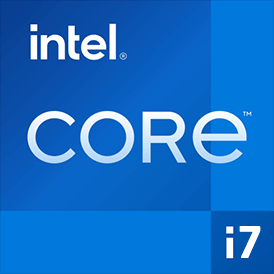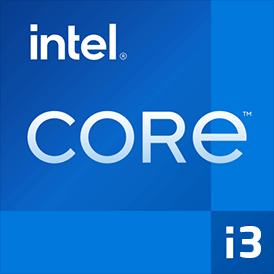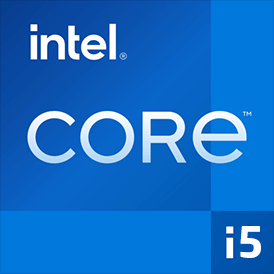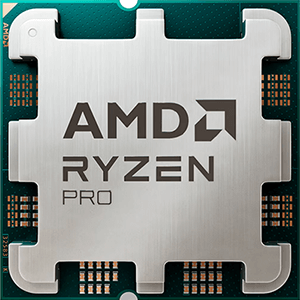Intel Core i7 1260P vs Apple M1 Max
Wir vergleichen zwei notebook-CPUs: 12 Kerne 2.1GHz Intel Core i7 1260P und 10 Kerne 2.0GHz Apple M1 Max . Sie werden erfahren, welcher Prozessor in Bezug auf Benchmark-Tests, Haupttechnische Daten, Leistungsaufnahme und andere Informationen besser abschneidet.
Hauptunterschiede
Intel Core i7 1260P Vorteile
Höhere Basistaktung (2.1GHz gegenüber 2.0GHz)
Niedriger TDP (28W gegenüber 30W)
Apple M1 Max Vorteile
Höhere Grafikleistung
Höhere Spezifikation des Arbeitsspeichers 6400 gegenüber 5200
Größere Speicherbandbreite (409.6GB/s gegenüber 76.8GB/s)
Modernere Fertigungsprozesse (5nm gegenüber 10nm)
Bewertung
Benchmark
Cinebench R23 Einzelkern
Intel Core i7 1260P
+13%
1750
Apple M1 Max
1545
Cinebench R23 Mehrkern
Intel Core i7 1260P
9675
Apple M1 Max
+28%
12440
Geekbench 6 Single-Core
Intel Core i7 1260P
1519
Apple M1 Max
+58%
2410
Geekbench 6 Multi-Core
Intel Core i7 1260P
3229
Apple M1 Max
+286%
12480
Blender
Intel Core i7 1260P
149
Apple M1 Max
+42%
212
Geekbench 5 Einzelkern
Intel Core i7 1260P
1756
Apple M1 Max
+1%
1783
Geekbench 5 Mehrkern
Intel Core i7 1260P
9118
Apple M1 Max
+37%
12511
Passmark CPU Einzelkern
Intel Core i7 1260P
3325
Apple M1 Max
+15%
3833
Passmark CPU Mehrkern
Intel Core i7 1260P
17171
Apple M1 Max
+28%
22121
Grundlegende Parameter
Feb 2022
Veröffentlichungsdatum
Mai 2022
Intel
Hersteller
Apple
Notebook
Typ
Notebook
x86-64
Befehlssatz
ARMv8
Alder Lake-P
Kernarchitektur
-
i7-1260P
Prozessornummer
-
BGA-1744
Sockel
Apple M-Socket
Iris Xe Graphics G7 (96EU)
Integrierte GPU
Apple M1 Max GPU (32-core)
Package
-
Transistoren
57 billions
10 nm
Herstellungsprozess
5 nm
28 W
Thermal Design Power (TDP)
30 W
100 °C
Maximale Betriebstemperatur
-
CPU-Leistung
4
Performance-Kerne
10
-
Performance-Kern-Threads
10
2.1 GHz
Performance-Kern-Basistaktung
2.0 GHz
4.7 GHz
Performance-Kern-Turbotaktung
3.2 GHz
8
Energieeffiziente Kerne
-
12
Gesamtzahl der Kerne
10
16
Gesamtzahl der Threads
10
100 MHz
Bus-Frequenz
-
21x
Multiplikator
-
80 K per core
L1-Cache
192 K per core
1280 K per core
L2-Cache
24 MB shared
18 MB shared
L3-Cache
-
No
Freigeschalteter Multiplikator
No
Speicherparameter
DDR5-4800, DDR4-3200, LPDDR5-5200, LPDDR4x-4267
Speichertypen
LPDDR5-6400
64 GB
Maximale Speichergröße
64 GB
2
Maximale Anzahl an Speicherkanälen
8
76.8 GB/s
Maximale Speicherbandbreite
409.6 GB/s
No
ECC-Unterstützung
No
GPU-Parameter
true
Integrierte Grafik
true
300 MHz
GPU-Basistaktung
450 MHz
1400 MHz
Maximale dynamische Taktfrequenz der GPU
1296 MHz
768
Shader-Einheiten
4096
48
Textur-Mapping-Einheiten
256
24
Raster Operations Pipelines
128
96
Ausführungseinheiten
-
15 W
Leistungsaufnahme
60 W
-
Maximale Auflösung
6016x3384 - 60 Hz
1.69 TFLOPS
GPU-Leistung
10.4 TFLOPS









